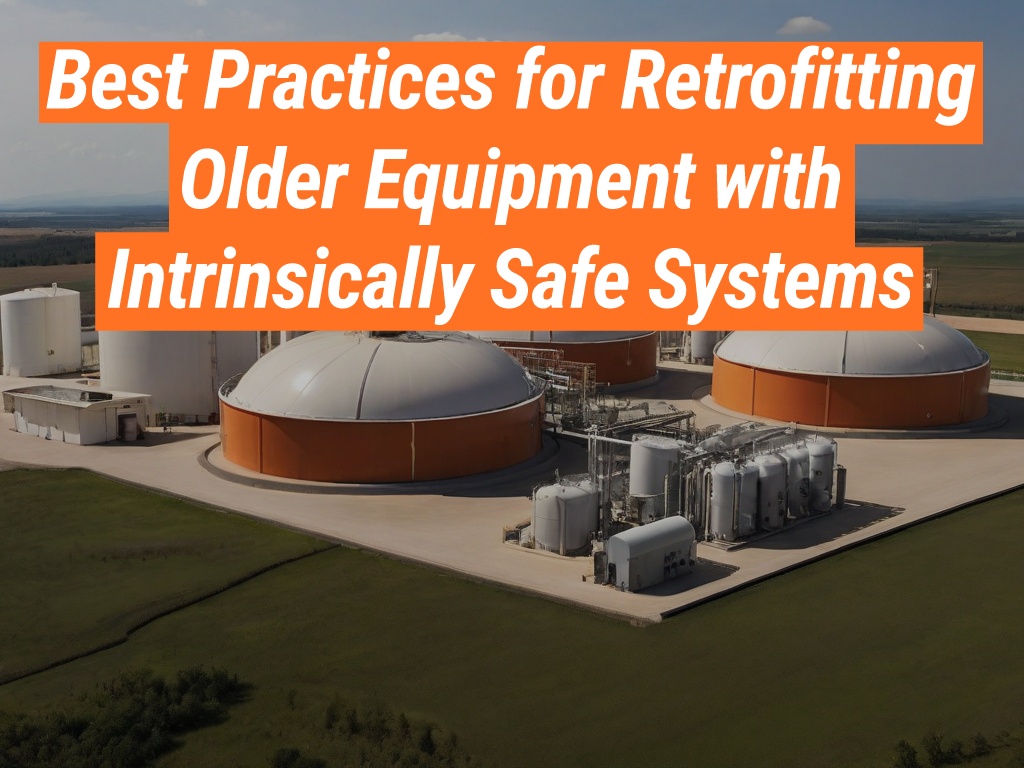Welcome to the Intrinsically Safe Store, your one-stop-shop for all things related to intrinsically safe (IS) systems. We are dedicated to providing you with the latest information and best practices in the field. Today, we will delve into the topic of retrofitting older equipment with intrinsically safe systems. We invite you to visit our website for more information and resources.
Understanding Intrinsically Safe Systems
Intrinsically safe systems are designed to prevent sparks or heat that could ignite flammable gases or dust. They are essential in industries such as oil and gas, mining, and chemical processing. Retrofitting older equipment with these systems can enhance safety and compliance, extend equipment life, and reduce maintenance costs.
Why Retrofit Older Equipment?
Older equipment may not have been designed with intrinsic safety in mind. Retrofitting can bring these systems up to current safety standards, reducing the risk of accidents and improving operational efficiency. It can also be a cost-effective alternative to replacing equipment entirely.
Best Practices for Retrofitting
1. Conduct a Risk Assessment
Before starting the retrofitting process, conduct a thorough risk assessment. Identify potential hazards and determine the level of risk associated with each piece of equipment. This will help prioritize retrofitting efforts and ensure resources are used effectively.
2. Choose the Right IS Equipment
Not all IS equipment is created equal. It’s crucial to choose products that are certified and compliant with relevant safety standards. The Intrinsically Safe Store offers a wide range of certified IS products, ensuring you have access to the best equipment for your needs.
3. Work with Experienced Professionals
Retrofitting requires specialized knowledge and skills. Working with experienced professionals can ensure the process is done correctly and safely. They can also provide valuable advice and guidance throughout the process.
4. Regular Maintenance and Inspection
Once the retrofitting process is complete, regular maintenance and inspection are crucial. This will help ensure the continued effectiveness of the IS system and identify any potential issues before they become serious problems.
Case Study: Successful Retrofitting
A recent case study in the oil and gas industry highlights the benefits of retrofitting. A company was able to retrofit their older drilling equipment with IS systems, significantly reducing the risk of explosions and fires. This not only improved safety but also increased operational efficiency and extended the life of the equipment.
Retrofitting older equipment with intrinsically safe systems is a practical and cost-effective way to enhance safety and compliance, extend equipment life, and reduce maintenance costs. By following best practices such as conducting a risk assessment, choosing the right IS equipment, working with experienced professionals, and conducting regular maintenance and inspections, businesses can successfully retrofit their equipment and reap the benefits.
For more information on intrinsically safe systems and retrofitting, visit the Intrinsically Safe Store. Our team of experts is ready to assist you with all your IS needs. Contact us today to learn more.



